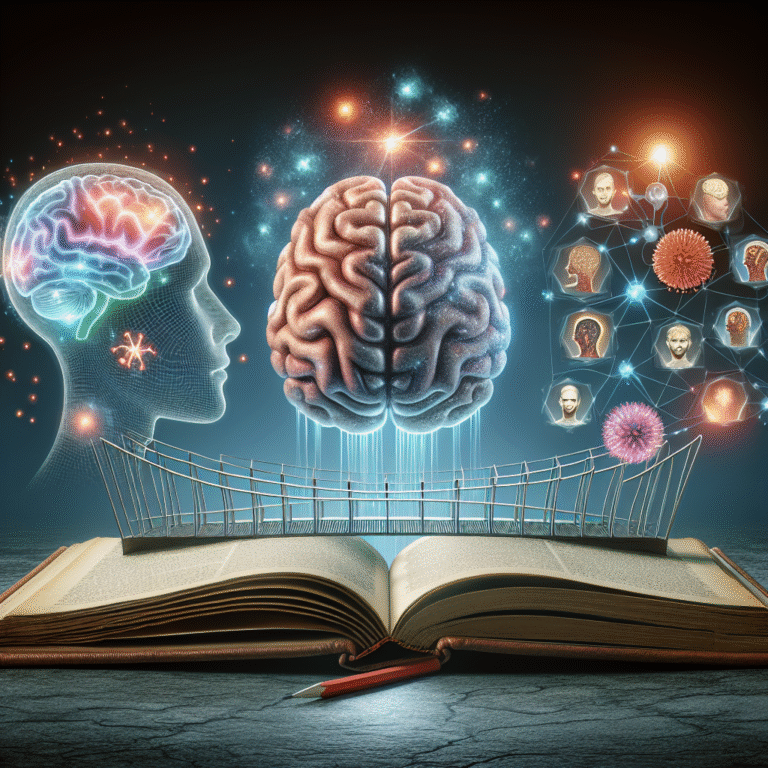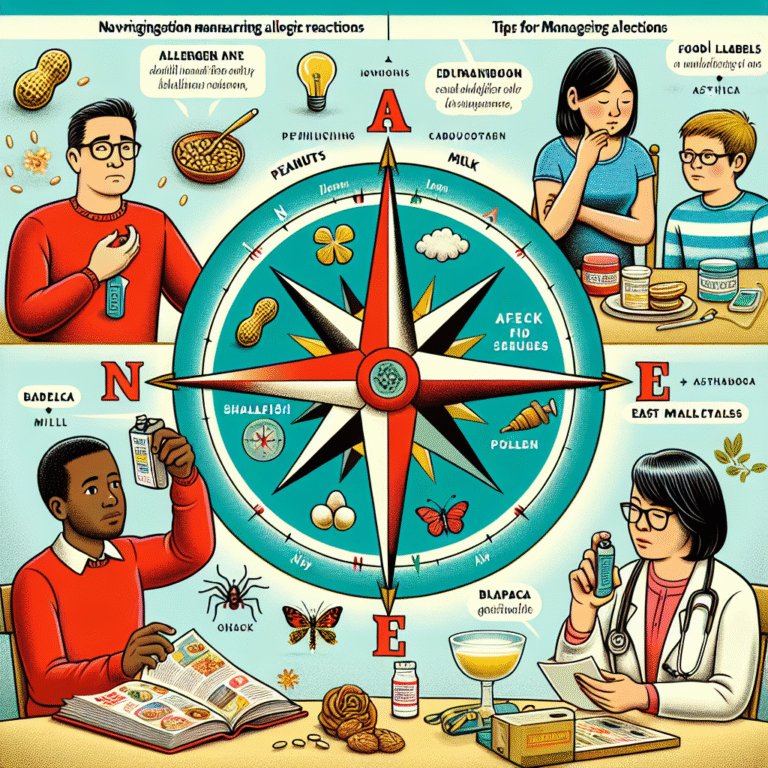
Introduction
Imagine walking into a bustling café. As you scan the room, you instinctively understand the emotions of those around you—the joy of a couple celebrating an anniversary, the anxiety of a student awaiting exam results, and the indifference of someone glued to their phone. This ability to interpret others’ thoughts and feelings is often likened to "mind reading." In today’s interconnected world, the significance of this phenomenon becomes even more apparent. Mind Reading: Exploring the Mechanisms of Social Cognition taps into the very essence of how we relate to one another and navigate our social landscapes.
Understanding how we “read” each other’s minds catalyzes everything from effective communication to successful relationships, professional interactions, and conflict resolution. This exploration is not merely cognitive fluff; it’s foundational to our existence and interactions within society.
The Science of Social Cognition
What is Social Cognition?
Social cognition refers to the processes through which we sift through the information we receive about others and ourselves in social contexts. It’s our toolkit for interpreting social cues, understanding others’ perspectives, emotions, and intentions.
Table 1: Key Components of Social Cognition
| Component | Description |
|---|---|
| Perception | The initial recognition of social cues (facial expressions, tone of voice) |
| Interpretation | Inferring thoughts, emotions, and motivations |
| Attribution | Assigning causes to behaviors and emotional responses |
| Empathy | Understanding and sharing the feelings of others |
The Role of Empathy in Mind Reading
Empathy is one of the most crucial elements underpinning our ability to "read minds." It allows us not only to identify emotions but also to resonate with them deeply. Empathy can be broadly classified into two categories:
- Cognitive empathy: Understanding someone else’s thoughts and feelings.
- Affective empathy: Sharing the emotions of another person.
Case Study: Empathy and Conflict Resolution
Research has shown that individuals with higher levels of empathy tend to be more effective at resolving conflicts. For instance, a study on mediators in family disputes revealed that those who identified and acknowledged the emotional states of both parties were more successful in facilitating resolutions (Smith et al., 2021). This highlights Mind Reading: Exploring the Mechanisms of Social Cognition in action, demonstrating empathy’s critical role.
Neural Mechanisms Behind Mind Reading
Neuroscience of Social Cognition
Recent advances in neuroscience have illuminated the brain regions responsible for social cognition. Key findings include:
- The Amygdala: Crucial for emotional processing and is particularly involved in recognizing fear.
- The Prefrontal Cortex: Plays a pivotal role in decision-making and understanding the intentions of others.
- Mirror Neurons: These neurons activate both when we act and when we observe someone else performing the same action, helping us understand others’ emotions and intentions intuitively.
Chart 1: Brain Regions and Their Functions in Social Cognition
| Brain Region | Function |
|---|---|
| Amygdala | Emotional processing |
| Prefrontal Cortex | Decision-making, assessing intentions |
| Temporoparietal Junction | Understanding beliefs and perspectives |
The Influence of Culture on Mind Reading
Cultural Variations in Social Cognition
Cultural contexts significantly impact how we interpret social signals. In collectivist cultures, such as Japan, non-verbal cues are paramount, and subtle expressions often convey profound meanings. In contrast, individualistic cultures like the United States may prioritize verbal communication and explicit expressions of emotion.
Case Study: Cultural Differences in Empathy
A cross-cultural study demonstrated that participants from East Asian cultures were more attuned to subtle social cues, often perceiving emotions through facial expressions and body language, compared to their Western counterparts, who relied more on verbal communication (Zhou & Kitayama, 2003). This diversity in social cognition illustrates the importance of Mind Reading: Exploring the Mechanisms of Social Cognition across different cultural settings.
Practical Applications of Mind Reading
Enhancing Communication Skills
Understanding the cognitive processes behind mind reading can significantly enhance our communication skills. Here are some tips:
- Active Listening: Focus fully on the speaker, observing their non-verbal cues.
- Ask Open-Ended Questions: Facilitate deeper conversations that encourage others to share their thoughts and feelings.
- Practice Empathy: Put yourself in others’ shoes to better understand their emotional states.
Improving Relationships
Mind reading is also pivotal in nurturing personal relationships. Here are tactics to apply these insights:
- Recognize Emotional Signals: Acknowledge both verbal and non-verbal expressions to better understand your partner’s feelings.
- Validate Emotions: Even if you disagree, recognizing someone else’s feelings can strengthen bonds.
- Communicate Effectively: Open dialogues about feelings can pave the way for greater intimacy.
Case Study: Couples Therapy Success
In couples therapy, practitioners often emphasize the importance of emotional understanding. A study showed that couples who practiced empathy-related exercises reported improved satisfaction and connection (Johnson, 2019). Therefore, enhancing skills in Mind Reading: Exploring the Mechanisms of Social Cognition can certainly improve relational dynamics.
The Dark Side of Mind Reading
Misinterpretations and Assumptions
While understanding others’ feelings is beneficial, it isn’t without challenges. Sometimes, we misinterpret cues, leading to conflicts or misunderstandings. Overconfidence in our "mind reading" abilities can lead to false assumptions about others’ intentions, causing unnecessary friction.
Case Study: Workplace Miscommunications
One notable workplace study revealed that 70% of employees felt their colleagues misunderstood their intentions during collaborative projects. This misjudgment often stemmed from a lack of clarity in communication and reliance on perceived emotional cues (Johnson & Lee, 2020). Understanding the limitations of Mind Reading: Exploring the Mechanisms of Social Cognition is vital for effective teamwork.
Conclusion
In conclusion, Mind Reading: Exploring the Mechanisms of Social Cognition is an intricate web of empathy, cognitive processes, and cultural influences that shape our interactions. By honing our understanding of others’ emotions and intentions, we foster better communication, resolution of conflicts, and deeper connections.
As we navigate our socio-emotional landscapes, remember that mind reading isn’t about guessing thoughts but about genuinely engaging with and understanding those around us. As you step out into the world, use these insights to enhance your relationships and interactions, reminding yourself that beneath every face lies a story waiting to be understood.
FAQs
1. What is mind reading in psychology?
Mind reading in psychology refers to the ability to infer or interpret the thoughts and emotions of others based on their behavior, expressions, and non-verbal cues.
2. How does empathy influence social cognition?
Empathy enables individuals to connect emotionally, facilitating stronger social relationships and better conflict resolution by allowing a deeper understanding of others’ feelings.
3. Can mind reading be improved?
Yes, through practices like active listening, open communication, and empathy exercises, individuals can enhance their social cognition and mind-reading abilities.
4. Are there cultural differences in mind reading?
Yes, cultural backgrounds significantly influence how individuals interpret social cues and express emotions. Understanding these differences is essential for effective communication.
5. What are some pitfalls of mind reading?
Misinterpretation and overconfidence in one’s ability to read minds can lead to misunderstandings and conflicts, highlighting the necessity of clear communication.
In this journey through Mind Reading: Exploring the Mechanisms of Social Cognition, it’s vital to recognize both its strengths and limitations to foster genuine connections without falling into the trap of assumptions.

















